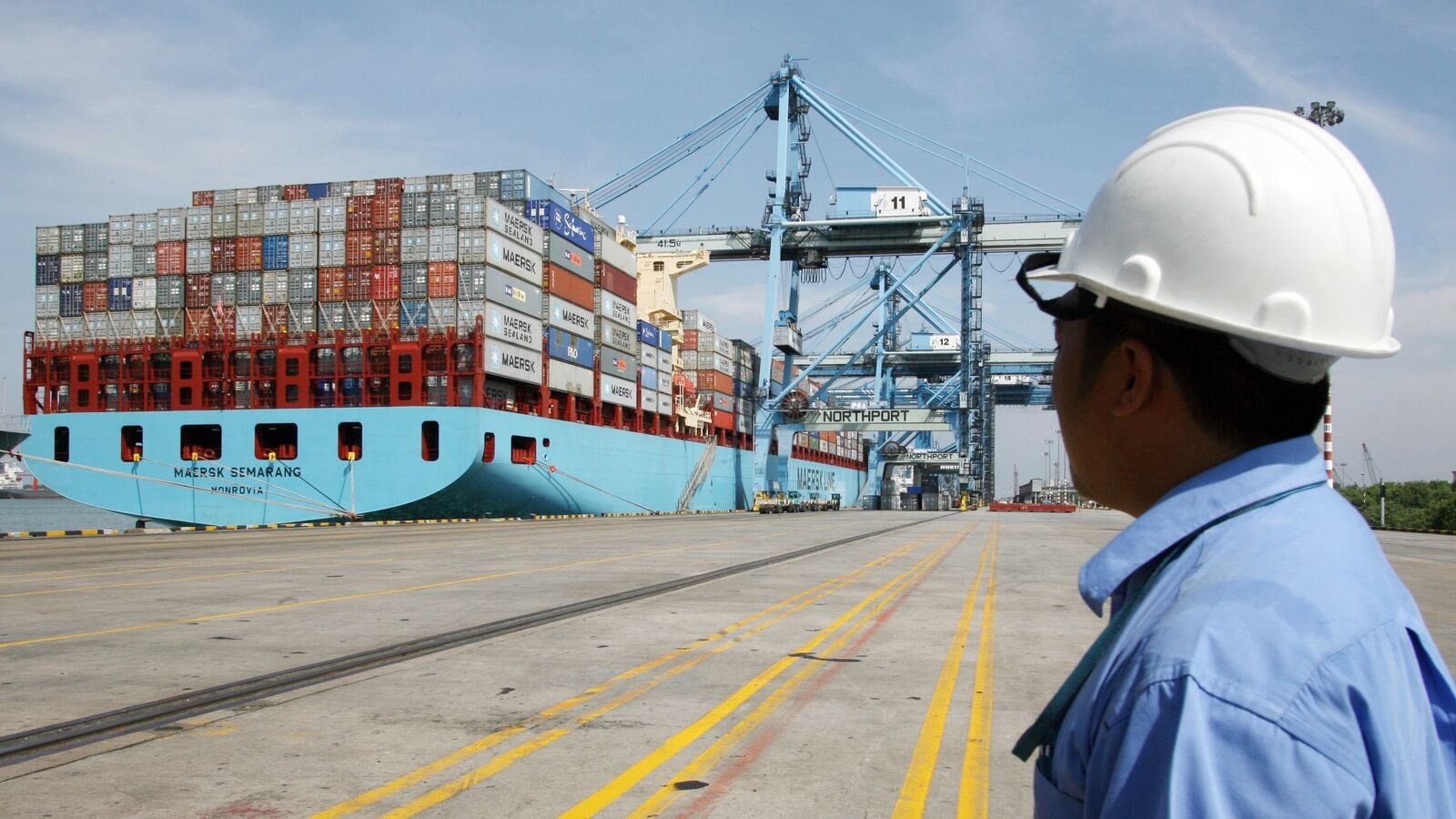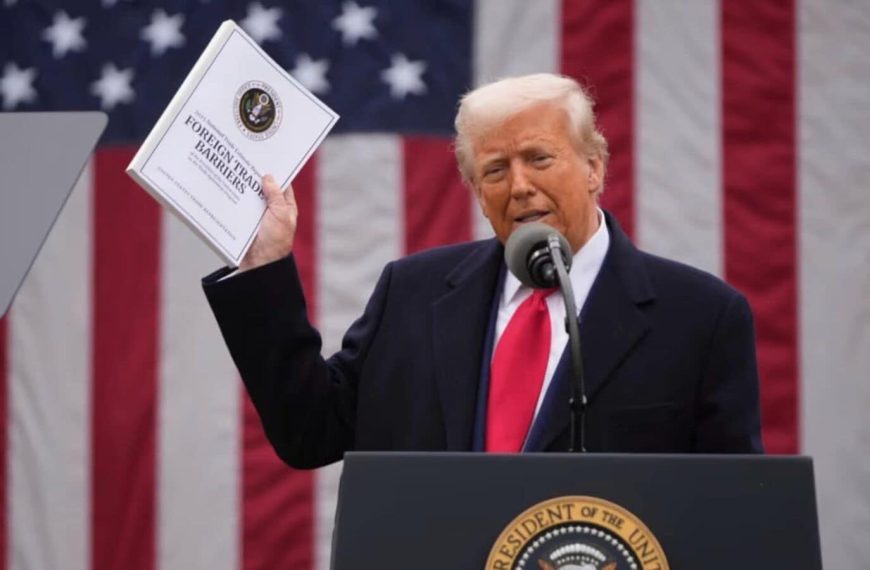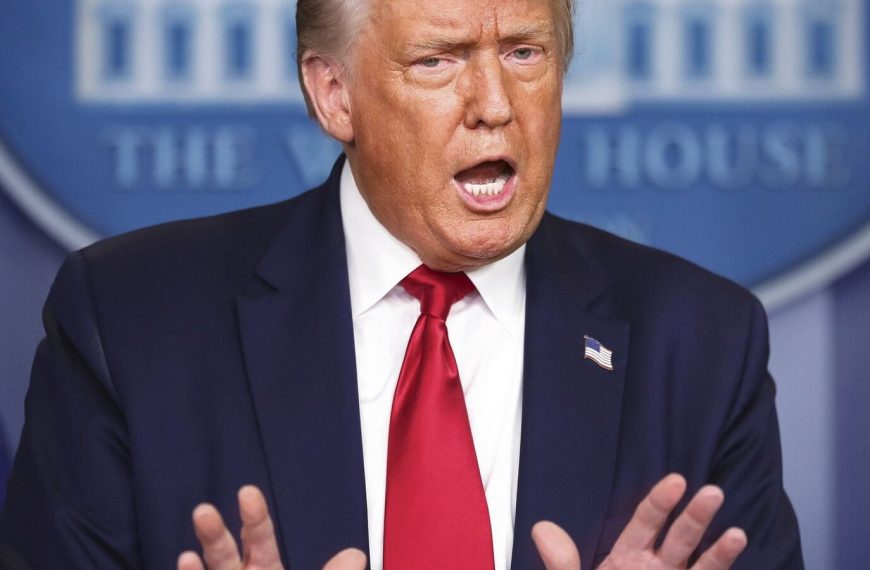Trump’s Tariff Policy: A Game-Changer for Global Trade
In a bold move, President Donald Trump has introduced a sweeping tariff policy that imposes at least a 10% duty on a vast array of goods entering the United States. Effective from early April 2023, this initiative impacts 180 countries, all aimed at addressing what Trump describes as "horrendous imbalances" in trade, which he argues have undermined the U.S. industrial base and posed threats to national security. The White House asserts that these actions are essential for "correcting trade imbalances" and "strengthening American industries."
What Goods are Affected by Trump’s Tariffs?
The newly implemented tariffs will come into force on different dates:
- April 3 for auto imports
- April 5 for non-USMCA trade
- April 9 for reciprocal tariffs
From automobiles to iPhones and gems, the sectors likely to feel the crunch are vast. Here’s a quick overview of the areas that may see price hikes due to these tariffs:
- Automobiles: Higher tariffs on imports could lead to increased prices for U.S. consumers.
- Electronics: Major brands like Apple and Nike could pass on the costs to customers, affecting prices for gadgets and footwear.
- Jewelry: The gems and jewelry sector, accounting for 12.8% of India’s exports to the U.S., stands to be heavily impacted.
Why Target India? The 26% Tariff Explained
Among the nations affected, India faces a 26% tariff on all goods exported to the U.S. The White House highlighted a staggering $46 billion trade deficit between the two nations, with notable disparities in tariffs:
- U.S. tariffs on passenger vehicles: 2.5%
- India’s tariffs on U.S. apples: 50%
This imbalance has sparked a trade war that could have implications for various sectors, from electronics to agricultural products. The U.S. imports Indian rice at a rate of 2.7%, while India charges a hefty 80% for U.S. rice.
The Broader Impact on U.S.-India Trade Relations
As of FY24, Indian exports to the U.S. reached $77.5 billion, while imports fell to $42.2 billion, a 17% decrease. The 26% reciprocal tariff is particularly challenging for Indian exporters, especially in the automotive sector where a 25% tariff on vehicles is likely to affect companies like Tata Motors.
Interestingly, sectors such as copper, energy, and pharmaceuticals were spared from immediate tariffs, suggesting that targeted tariffs could emerge later.
What Can Consumers Expect?
As these tariffs take effect, consumers may feel the pinch in various ways:
- Increased Prices: Expect to see higher prices on products like Nike shoes and Apple devices as companies adjust to the added costs.
- Rising Costs in the Gems Sector: With the jewelry industry facing tariff impacts, consumers may see a spike in gold prices, further affecting purchases.
Ajay Bagga, a market veteran, suggests that sectors like textiles, engineering goods, and electronics could see immediate repercussions from these tariffs. Additionally, essential exports from India such as shrimp, basmati rice, and buffalo meat might also encounter rising costs, adding to the uncertainty in international markets.
In summary, Trump’s tariff policy is poised to reshape trade dynamics between the U.S. and its partners, particularly India. As industries brace for the impact, consumers may also need to prepare for higher prices across various sectors. Stay tuned for further developments in this ongoing trade saga.











